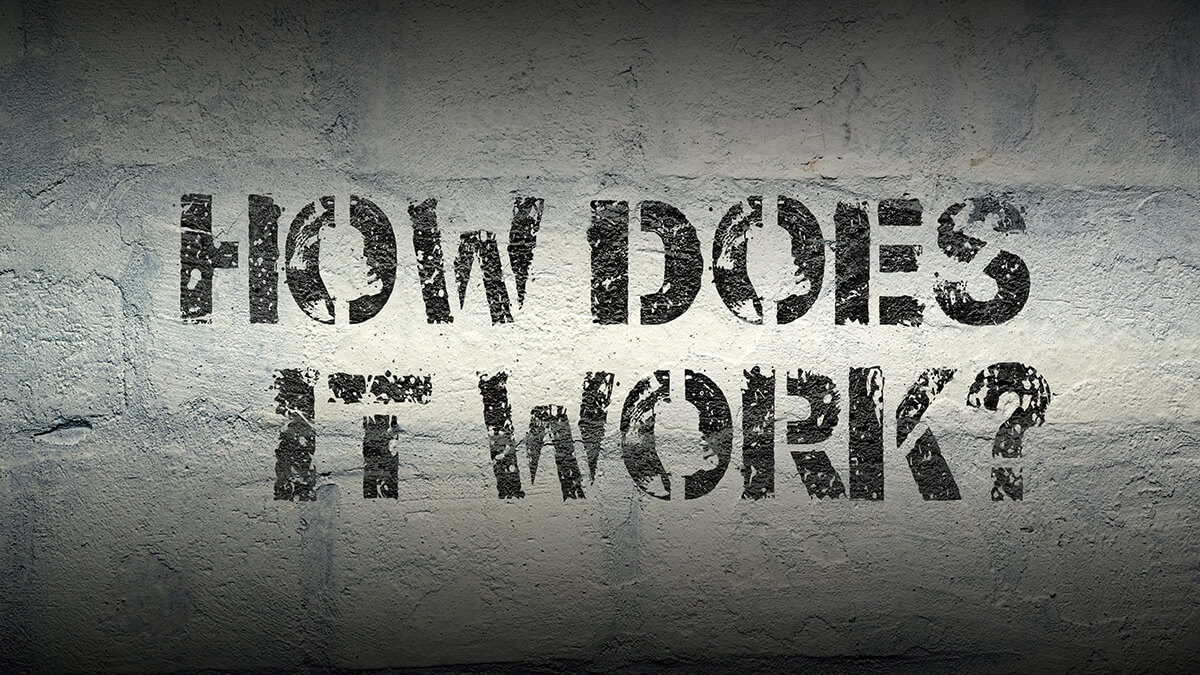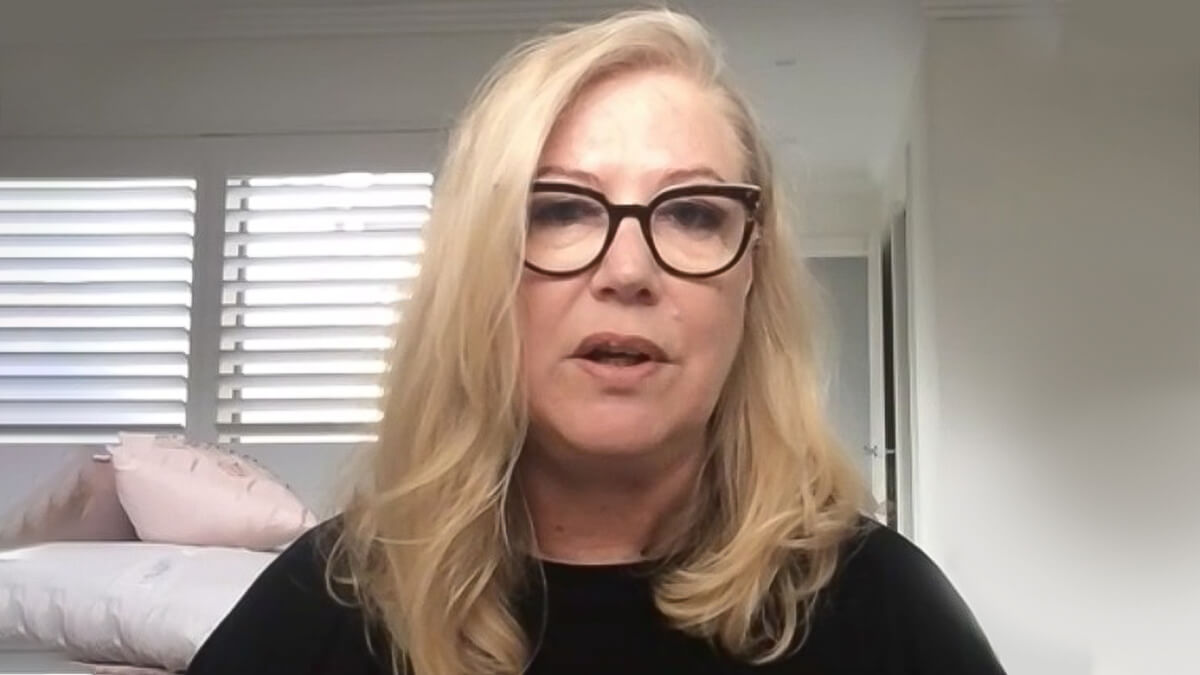SMSFs for beginners
In this section you will gain an understanding of the basics of self-managed superannuation funds (SMSFs).
We’ll take you through the key responsibilities in being a SMSF trustee, help you to evaluate if a SMSF is right for you, and give you an idea of how much it might cost to run a SMSF.
You can also test your understanding of SMSF basics with our quiz.
Get independent expert guidance for your SMSF

Master SMSF specific strategies so you can capitalise on the unique opportunities available to SMSFs
Find out more








